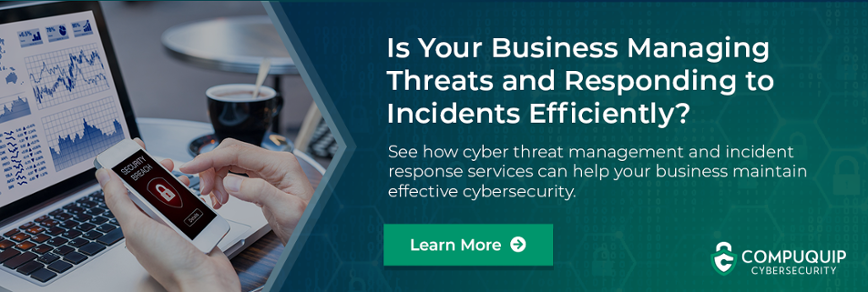Can Your Patch Management Process Protect Your Business?
Modern software applications, operating systems (OSs), and hardware can all be incredibly convenient. However, they are also all incredibly complicated—and different combinations of software, hardware, and OSs can have unanticipated interactions. Plus, any given piece of software may have vulnerabilities that the maker doesn’t know about when it is first released.
Once these vulnerabilities are discovered, software and OS developers will frequently create security patches that fix them. Effective patch management helps businesses improve their vulnerability management by proactively removing potential weaknesses in their software.
What is patch management? How can you improve your patch management process so your organization is protected from unknown vulnerabilities? Here’s a quick explanation:
What is Patch Management?
Patch management is the practice of keeping informed of and applying security patches to your organization’s software and operating systems. It is a key part of vulnerability management, as many cyber threats actually target known vulnerabilities.
In fact, according to data from a ServiceNow survey conducted by Ponemon, “An alarming 57% of cyberattack victims report that their breaches could have been prevented by installing an available patch.” By failing to engage in patch management, organizations can leave themselves vulnerable to security breaches that could otherwise be prevented.
So, having a patch management process to ensure that the latest security patches are always applied to your organization’s software apps and device operating systems is crucial for your cybersecurity strategy.
How to Create a Patch Management Process
So, how can your organization create an effective patch management process that ensures your software is always up-to-date with the latest security patches?
Here’s a simple framework for creating a patch management process:
- Start by Taking Inventory. The first step in securing all of your software with the latest security patches is knowing what software the devices on your network have. Having a thorough inventory of all the different software programs and devices your organization uses is crucial to any patch management strategy. Otherwise, important software patches could be missed.
- Assign Patch Management Policies. It can help to categorize devices by device type or user role and assign specific patch management policies to those specific device categories. This way, you can improve your risk and vulnerability management processes by making your patch management scheduling more granular.
- Monitor for New Patches. Check with your software vendors for new security patches on a regular basis. If available, consider signing up for new patch alerts/notifications so you can know right away when new patches are available. Alternatively, there are some automated patch management software programs available that can help discover and install new software patches.
- Test New Patches. Because software can be so complicated, you never know when a fix to one software program can break something else—such as an application programming interface (API) used to connect that software app with other services. So, regular testing of new security patches is a must following any major update.
- Conduct Your Patch Roll Out. After new patches have been verified as working and not breaking anything too important, it’s time to roll out the patch to the organization. Here, a patch management software solution or managed security service provider (MSSP) could help automate the process by handling the roll out for you.
- Keep an Eye Out for Unsupported Software. There may come a time where a software vendor/developer drops support for one of their legacy products—halting the development of any new compatibility or security patches. When this happens, it may be necessary to drop the unsupported software in favor of a newer solution that still has patch support. This is crucial for your long-term threat management strategy because it avoids having software with outdated security on your system.
In addition to the above steps, you may want to create a patch management report detailing the whole process and how you use it to keep your software up to date. This can be important for some cybersecurity compliance standards, and for demonstrating to customers, shareholders, and authorities how your organization works to keep its data and systems secure.
Need help creating an effective patch management process? Or, do you have questions about vulnerability management? If so, reach out to the Compuquip team today. We’ll be happy to help you protect your business from online threats.

